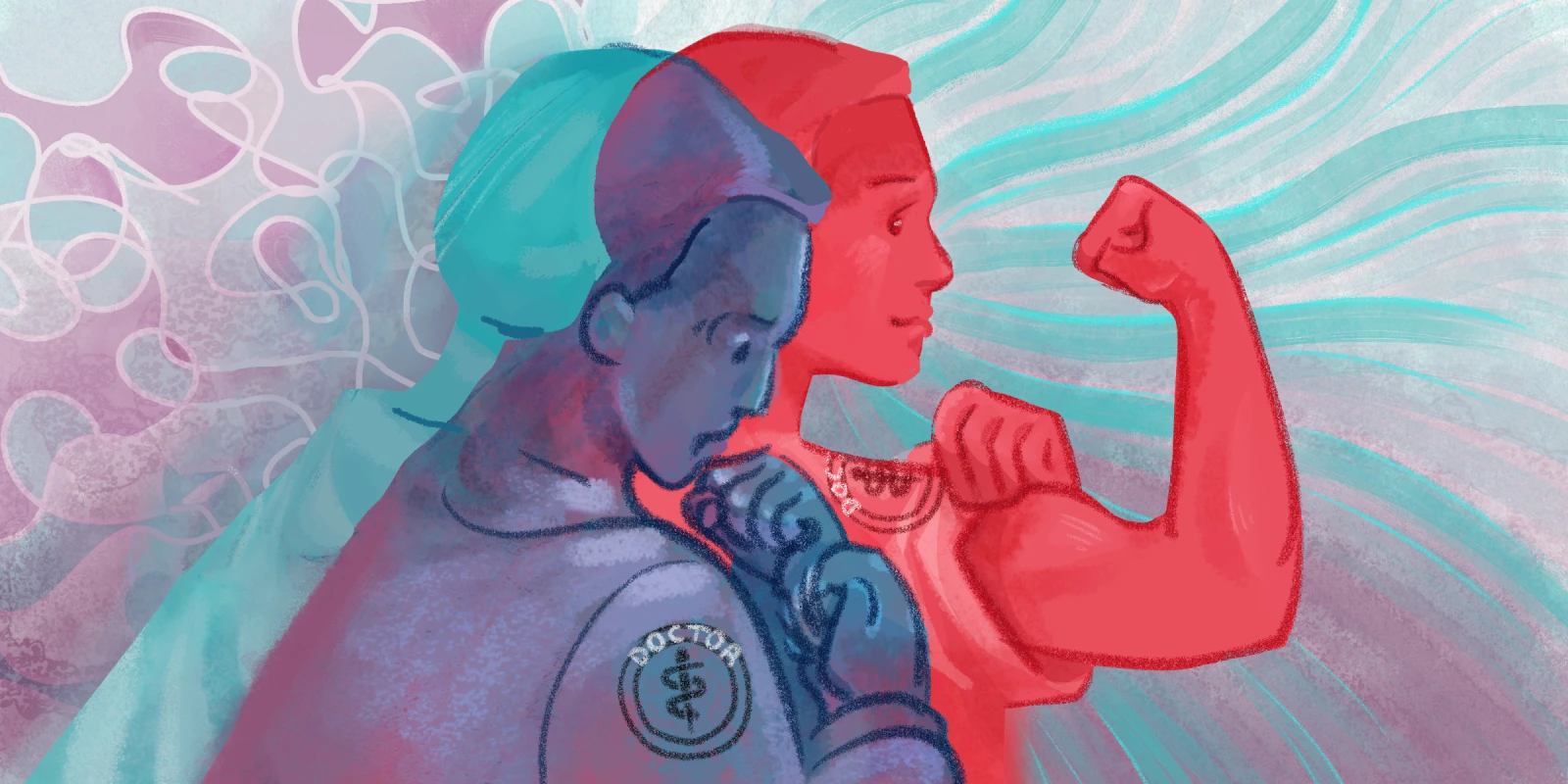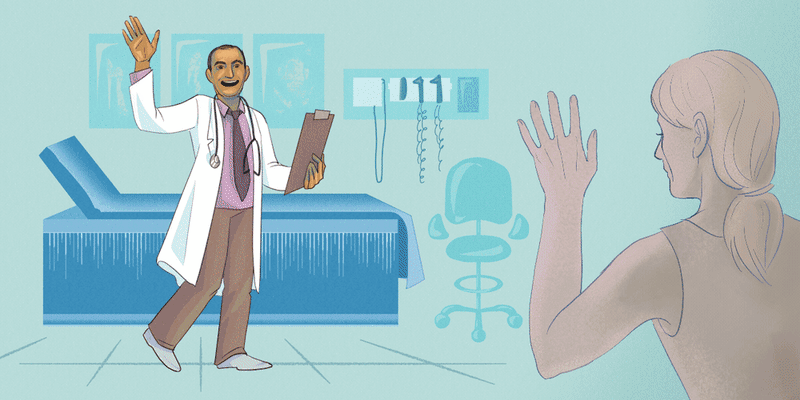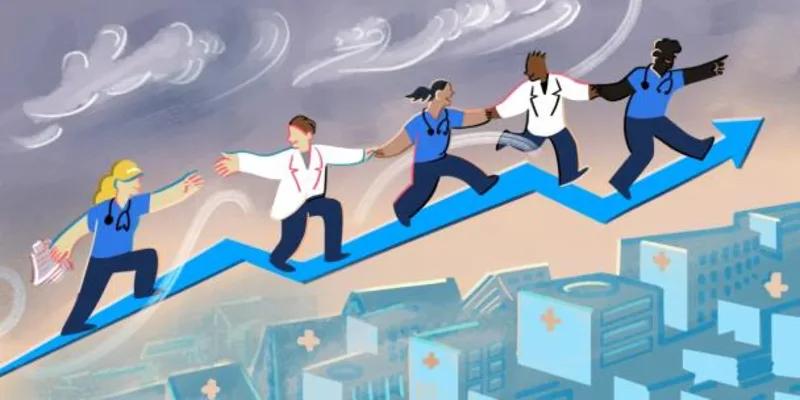Recently, I graduated from my family medicine residency and joined the ranks of attending physicians. Unlike most of my colleagues, however, rather than signing onto a contract with a large health system, I chose to primarily pursue private practice. Over the last few decades, the landscape of medicine has shifted dramatically. Academic institutions and health care systems increasingly push new doctors toward employment rather than private practice. This trend is not merely a shift in business models; I believe it represents a significant erosion of physician autonomy and power, contributing to widespread burnout and dissatisfaction in the medical field.
As a new family medicine physician, I’ve observed the results of these changes firsthand. My residency gave us great exposure to a variety of health systems, hospitals, and clinics. What was harder to find during my residency training, however, were mentors, advisors, and teachers who would even consider doing anything like running their own practice. Reflecting on my residency experience, I began to wonder why that is. The answer is likely complex, but it seems to me that academic medicine has primarily become a mechanism to train physicians to become employees rather than entrepreneurs.
The pressure on new doctors to join large health care systems often begins in residency. Academic medicine environments, while rich in educational opportunities, frequently lack guidance on independent practice. Instead, they emphasize roles within existing systems, steering young physicians into employment where their control over practice decisions is limited. During my residency training, the typical career advice I heard was often some combination of publishing papers, pursuing more training, and applying to big health systems or companies. I could find almost nobody who advised starting a business entity or learning about insurance billing. At one point during one of my specialty rotations, an experienced attending told me, “Nobody is going to teach you about running a business.” Fair enough — at least I knew I’d have to look outside the typical spaces to gain the knowledge.
This dynamic is creating a workforce of doctors who, despite their extensive training and expertise, find themselves at the mercy of administrative dictates and often profit-driven decisions that conflict with patient care priorities. The “doctor-as-employee” is now the most common kind of physician (and is usually referred to as a “provider” within these systems). According to an AMA report, “between 2012 and 2022, the share of physicians who were self-employed fell by 9 percentage points, from 53.2% to 44%. In contrast, the share of employed physicians grew from 41.8% to 49.7% during the same period.” A 2023 Medscape survey found that 56% of employed physicians liked not having to run a business. However, the same survey found that these physicians cited “less autonomy,” “less income potential,” “more workplace rules,” and “company management” as the top four things they liked least. So, doctors are trading their autonomy for a whole host of headaches and difficulties. Do we need another article about burnout to help solve this mystery?
Physician burnout is a growing concern, with many doctors feeling trapped in systems that prioritize financial gain over patient well-being. The increasing burden of administrative tasks, limited patient interaction due to high volume, and lack of decision-making autonomy, have led to an exodus from the profession. I’ve heard many colleagues (while still in training!) already making plans for early retirement from medical practice. Physicians who once viewed medicine as a calling now feel like cogs in a machine, struggling to maintain the compassion and dedication that led them to the field in the first place.
Private Practice as a Solution
I love classical music. In every genre, there’s a golden age that comes and goes, leaving its glorious afterglow. The original “classics” mostly came from late 18th-century artists like Mozart, Beethoven, and Bach. Rock had the 1960s with artists like The Beatles, The Rolling Stones, and Hendrix. Hip hop had the 1990s. Much of the music we consider new is derived, inspired, or remixed from the originals. There’s a reason for that — some things are truly great, and while they might be updated or upgraded, they stand the test of time.
I think that the practice of medicine in the U.S. also had a sort of golden age. Much can be said about the huge advancements we’ve made and continue to make in medicine over time. Nevertheless, ask almost any experienced physician who’s been around for a few decades how they feel about the profession, and you’ll hear a familiar refrain: The practice of medicine used to be good, and even fun in this country.
A logical question to ask is whether we could potentially improve the current situation in medicine by drawing some inspiration from the models that existed when things seemed so much better. Private practice and direct primary care (DPC) models are oldies, but they may be very good alternatives given the right changes and reforms. They return control to the hands of the physicians, allowing them to dictate patient care based on medical necessity rather than corporate policies. These models foster a more personalized patient-doctor relationship, where care is tailored to individual needs, potentially improving patient outcomes and satisfaction. Moreover, they hold the potential to revitalize physicians’ passion for medicine, providing a sense of fulfillment and autonomy that is often missing in employed settings.
One potential modern upgrade to these traditional models can be seen in telehealth. This technology-forward approach took off during the pandemic and has since proven to offer increased patient satisfaction with its convenience, as well as potential financial advantages for hospitals and health care systems. By reducing overhead costs associated with traditional practices, doctors can potentially build sustainable practices that align with their values. This could allow physicians to regain control of their schedules, providing flexibility and work-life balance that is essential for long-term career satisfaction.
A Call to Action
This article is a call to action for fellow physicians. We must reclaim our autonomy and redefine the practice of medicine on our terms. Our education as physicians in training needs to change and cannot continue to function as a glorified on-ramp to the currently crumbling system, with no exit signs or obvious detours. Independent practice is not only viable but potentially essential for the future of health care, and embracing technological innovation to upgrade models that once proved useful should be the rule, not the exception.
Let us take control of our profession, support our colleagues in this transition, and, most importantly, improve patient care through innovation and dedication to our calling. Together, let’s shape the future of medicine.
What are your thoughts on DPC? Share in the comments.
Dr. Yomi Adeyemi is a family medicine physician based in Los Angeles. He is the founder of Dynamo Health LLC and is passionate about exploring new models of care such as telehealth and direct primary care. Follow him on Instagram @DoctorDynamo and YouTube at Doctor Dynamo. Previously published in Dynamo.
Illustration by April Brust







